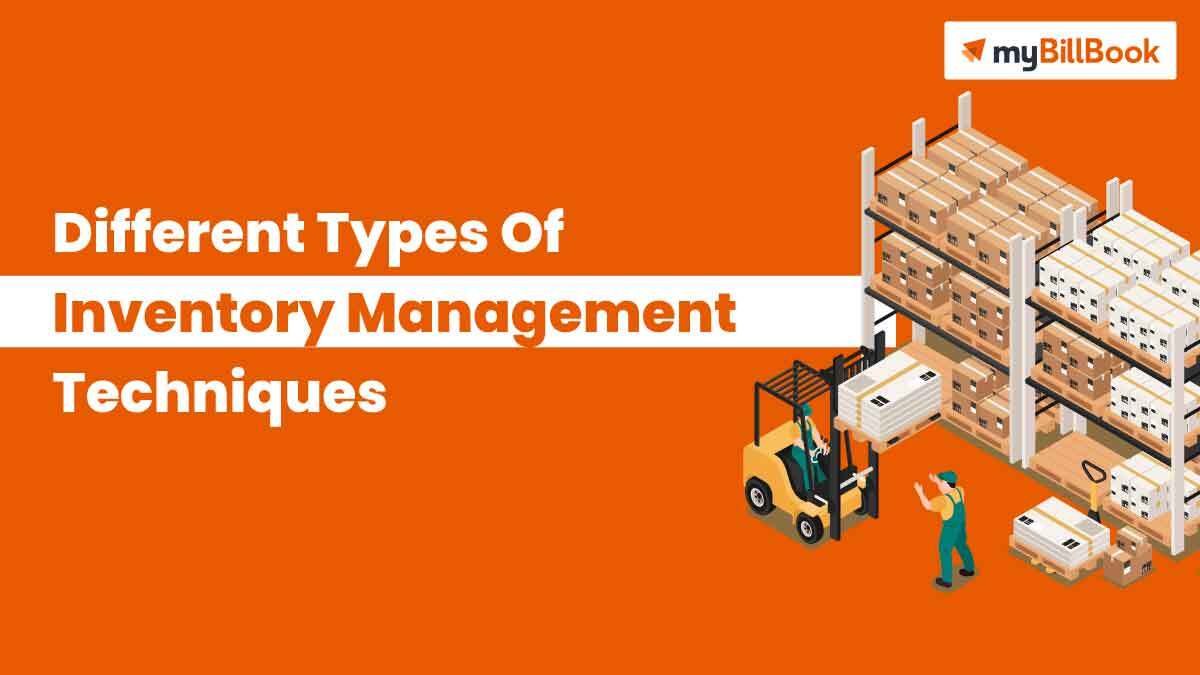
Material requirements planning (MRP) is a supply planning system that helps manufacturing businesses determine the inventory requirements to meet a product’s demand. MRPs function based on demand and bill of materials (BOM) by examining the types of materials needed, the required amount of each material, and the manufacturing completion date. It also provides critical data to help businesses respond to trends, avoid breakdowns in supply chain management, and maintain profitability. Obsolete inventory, also called dead stock, refers to finished goods that are unable to be sold. Finished goods are inventory items that have completed the manufacturing process and are ready for sale.

What Can Inventory Tell You About a Business?
These goods are usually a major component of the production process but are not directly a part of the finished product. Despite these differences in activity and production time, manufacturers can maintain the workflow by holding decoupling inventory in stock. Depending on the business you run and the industry in which it operates, a significant amount of safety stock may be a necessary type of inventory. It all depends on the market and how quickly you can manufacture a product (with high quality) and deliver it to your customers. If your company does not have a system in place to track its supply of raw materials, you can’t accurately forecast what you’ll produce over the next quarter or year. Businesses can only function efficiently as a result of different variables.
- In this article, learn more about inventory management, why it’s important, and the different careers in this field.
- Inventory analysis allows businesses to assess how much stock to keep on hand to fulfill demand and avoid overstocking too much inventory.
- A vendor-managed inventory system is where the inventory of one company is supplied and managed by another.
- And that’s because merchandise inventory is intended to be resold at a higher price than for which they were purchased.
Tracking
Learn how to use data science to manage inventory in uncertain environments, calculate inventory for products, and more. Economic order quantity (EOQ) is a formula used to calculate the optimal order size to meet demand and stay within budget. EOQ is useful for any business, large or small, that manages inventory. The goal is to reduce the amount of over-ordering and waste, lower the cost of storage, and maximize quantity discounts offered by vendors.
Careers in inventory management
Safety stock is inventory that is always held to reduce the risk of a stockout or manufacturing downtime. Think of safety stock as insurance for when demand spikes or there’s a materials shortage. Inventory classification enables you to be laser-focused on the 20% of your inventory that journal entry for rent paid cash cheque advance examples generates 80% of your revenue. Although some software does include these options, you want to be sure that you are looking at all the features before deciding on an inventory management software to use. We’ve got recommendations on the ones we like best for a wide variety of businesses.
What is inventory for a business?
If your business deals with a seasonal increase in demand, building this type of inventory before the rush comes, can keep your workflow running smoothly and efficiently all year long. Supply chains can be sophisticated, especially in today’s global economy. Many other categories of inventory exist alongside the four main types to help define inventory management. MRO supplies make up all the miscellaneous items that companies use to build products. These supplies might be kept in the warehouse, in storage, or in a delivery van. Anything from screwdrivers or hydraulic presses to simple brooms could qualify as MRO supplies.
types of inventory + inventory management tips
Inventory control uses key inventory formulas to ensure maximum efficiencies at the lowest cost. Holding too little inventory can mean not being able to meet customer demand, delays in production and lost sales. Many types of service businesses sell goods along with their labor. For example, a mechanic typically sells things like gaskets as part of a job. There’s a lot to keep up with when dealing with inventory, from keeping the right inventory levels to overseeing production standards to analyzing demand.
This allows you to automatically log sales and purchases in your accounting software, track sales performance by employee, and more. These integrations can help your business operations stay tied together and make your overall tracking job easier. Many inventory management softwares include integrations, but you’ll want to look for the ones that have what you need—from shipping to ecommerce and accounting to a reliable POS system. Decoupling inventory is a stock of materials your business keeps on hand to allow for unforeseen problems in the production process. In the same way that safety stock protects against supply chain and demand issues, decoupling inventory protects against manufacturing issues, such as lost or broken subassemblies.
What’s important to note about all these types of inventory is that they’re not mutually exclusive. Many businesses have almost all of these types of inventory simultaneously. And there’s a tradition of obtaining MRO goods on an as-needed basis. Also, businesses don’t want to distract maintenance employees with inventory management tasks.